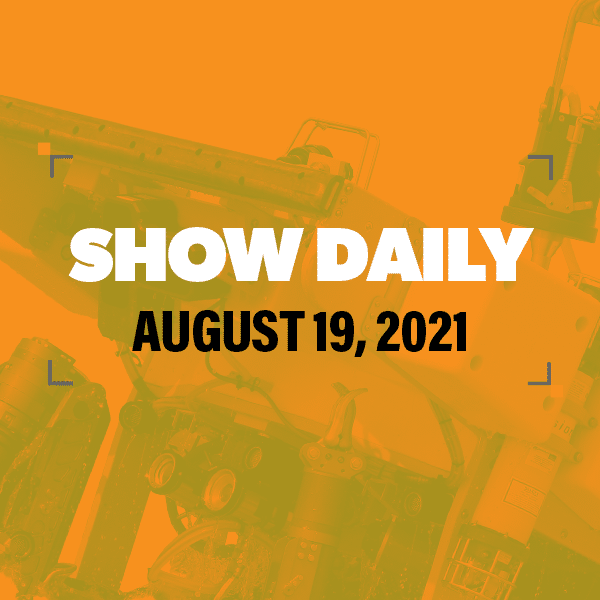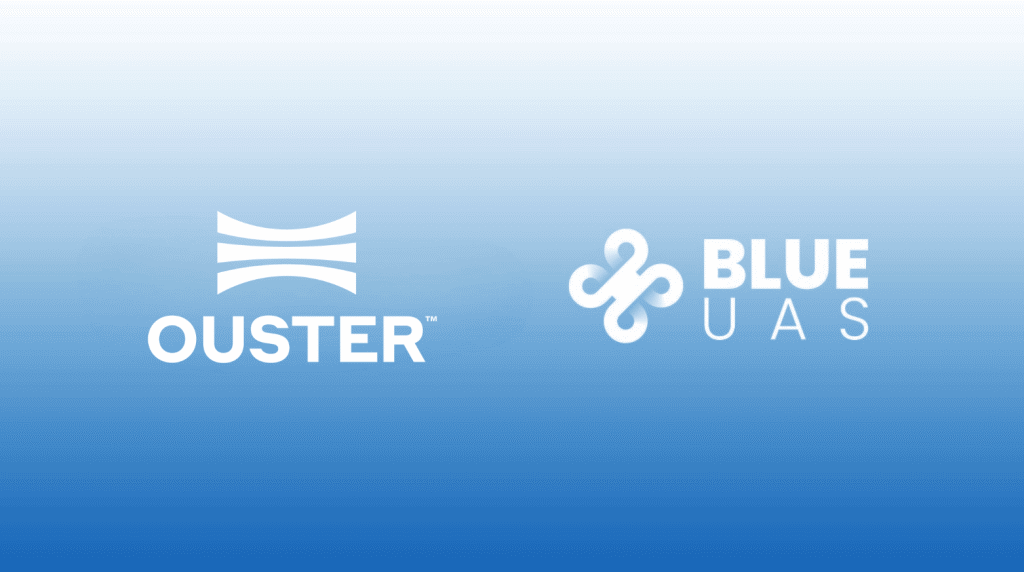Zipline co-founder urges regulatory updates to speed benefits of drone delivery to Americans who need healthcare
August 19, 2021

To support the autonomous revolution, the United States will need signifcant changes to existing regulatory frameworks, Zipline CEO Keller Rinaudo told XPONENTIAL 2021 attendees in his keynote Thursday.
“Everyone in this room has tried making small, incremental improvements or changes to the system over the past nine years,” said the 34-year-old entrepreneur, who co-founded the medical delivery-by-drone company in 2014.
“I think it’s time to get real with ourselves. Until we take a fundamentally new approach for integrating autonomous aircraft into the airspace, the Americans who actually need this infrastructure and are crying out for it are going to be stuck waiting.”
Saving lives in Africa
Rinaudo’s perspective, he explained, comes from Zipline’s years in Ghana, Rwanda, and Nigeria.
He spotlighted a distribution center in northern Ghana, using a map of traffic-management data to show drones launching and landing there – with roughly 20 aircraft out at a time, flying up to 110 km per delivery, 24 hours a day, beyond visual line of sight, communicating via local cellular networks. Payloads include blood, vaccine, chemotherapy, antivenom, among other life-saving supplies.
“I thought this would be cool to show because I think a lot of people still think of … scaled beyond-visual-line-of-sight operations as something that’s a long way away,” Rinaudo said. “Well, it’s only a long way away in certain countries.”
Healthcare providers in Africa who use Zipline are able to place orders over WhatsApp or online to initiate immediate delivery, and about a third of deliveries involve life-saving emergencies, Rinaudo said. The speed that the drones offer is especially important with blood deliveries because blood has a short shelf life, he noted, reporting that Zipline currently delivers 75 percent of the national blood supply in Rwanda.
“The fact that this type of technology can achieve that at a national scale, it’s totally remarkable,” Rinaudo said. “And it’s a moral imperative for every other country to be taking advantage of this technology.”
Zipline is operating in the United States, too, Rinaudo said. For example, the company began working with Novant Health in 2020, delivering a range of COVID products to N.C. hospitals. And the company also is partnering with Walmart on a distribution center in Bentonville, Ark., that will deliver directly to homes in rural communities. There is strong demand from other domestic healthcare players, he said.
Nine years
As Rinaudo’s presentation progressed from the good that drones can achieve in healthcare to the challenges that slow the rate of progress, he repeated the phrase “nine years” several times. That is the time that elapsed between President Kennedy declaration to Congress that the U.S. would put a man on the moon, and Neil Armstrong’s first steps onto the lunar surface. It’s also how long ago Congress set 2015 as the target date for the U.S. to integrate autonomous aircraft into the airspace.
In his criticism of regulatory progress, Rinaudo praised FAA employees, whom he described as “super talented” and “totally steadfast and dedicated in their efforts to safely integrate autonomous technology into our airspace.”
The slow-down, he emphasized, is the existing overall regulatory framework.
“What holds us back,” Rinaudo said, “is that we are fundamentally using a framework designed for a 500,000-pound aircraft, a 200-ton aircraft, flown by multiple pilots carrying hundreds of people. And we’re now trying to apply that framework to a 40-pound Styrofoam airplane carrying 5-pound payloads, flying predetermined routes using some of the most advanced technology every built. I think it’s pretty clear that that doesn’t make sense.”
The solution, he continued, will not require less attention to safety. But it will require outcomes-based regulations to achieve in such areas as healthcare access and emission reduction, and rules that balance consideration of UAS technology’s risks and benefits.
“We know what’s possible,” Rinaudo said, referring to progress in healthcare access in Africa. “It’s why we’re so optimistic.”


